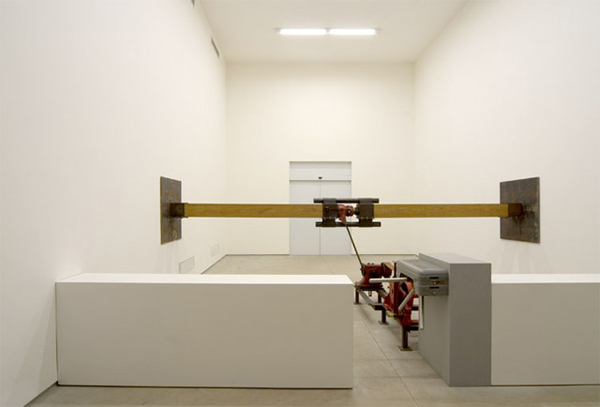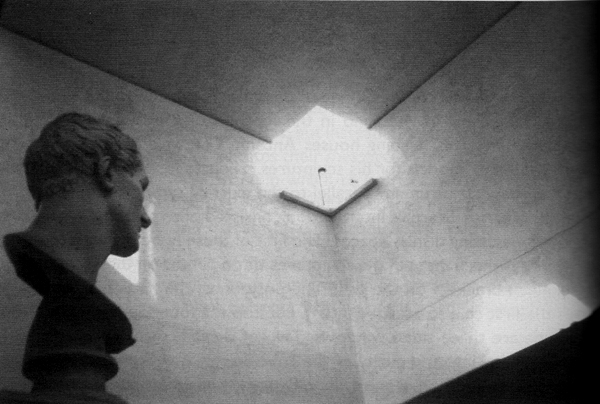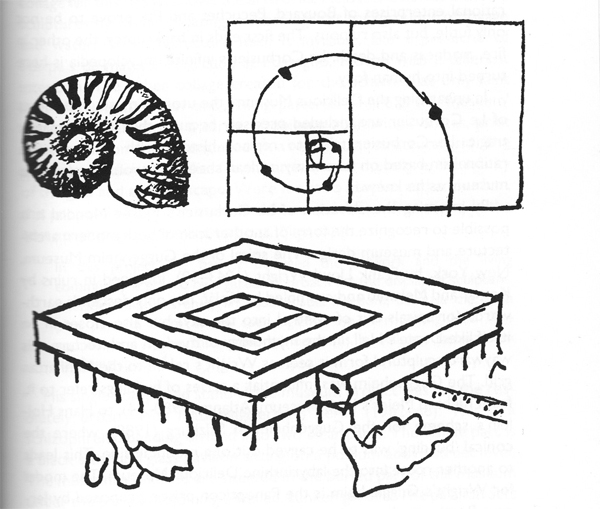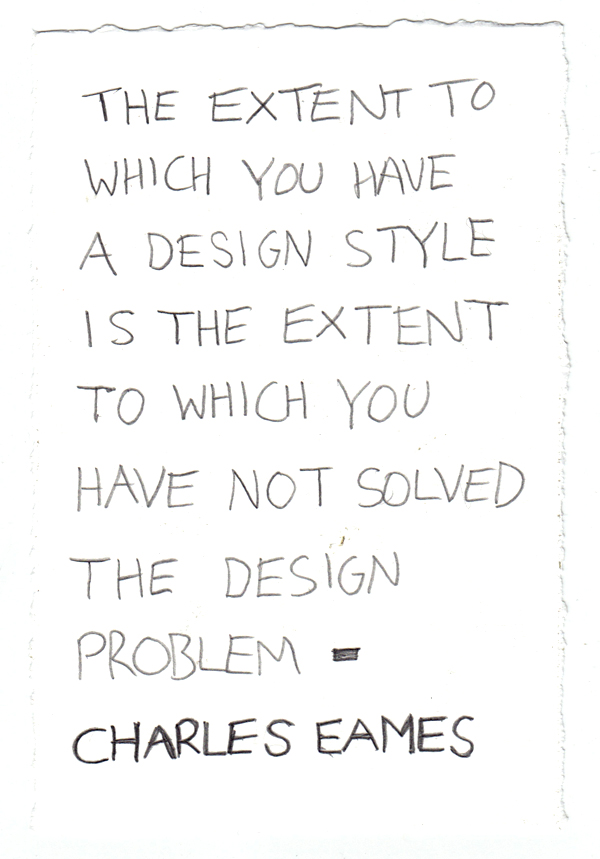I’ve just finished Dejan Sudjic’s excellent book The Language of Things; Design, Luxury, Fashion, Art. How We Are Seduced by the Objects Around Us. I’ve drawn up the extracts I want to remember, this is mostly within the contexts of design vs art and my perennial fascination with collecting.
It is just possible that we might be on the verge of a wave of revulsion against the phenomenon of manufacturing desire, against the whole avalanche of products that threatens to overwhelm us. However, there is no sign of it yet, despite the outbreak of millenarian anxiety about the doom that faces us if we go on binge-flying. Even the return of the selling of indulgences, a practice abandoned by the medieval church and now resurrected in the form of carbon offset payments, is not stopping us from changing cellphones every six months.
— pg 6
Just a few of these useless objects re-enter the economic cycle as part of the curious ecology of collecting. but collecting is in itself a very special kind of fetish, perhaps one that is best understood as an attempt to roll back the passing of time. It might also be an attempt to defy the threat of mortality. To collect a sequence of objects is, for a moment at least, to have imposed some sense of order on a universe that doesn’t have any.
— pg 21
The aims of the first hoarder/curators of the great cabinets of curiosity were to amass more treasures than could be seen by one man in a lifetime of travel, thus collecting objects is directly equitable to the collecting of time. Most people would say to a lesser or greater extent that their objects are a good representation of them, that maybe they are defined by them in some way. It stands to reason then, that these objects that are imbued with the owners personality, continue on after the owners death, and should keep the collector alive in some small way.
Somewhere between these two versions design is the idea that design is a public service. It’s notable that the in Britain one of the first industrial-design practices that emerged in the 1940s called itself the Design Research Unit, a name calculated to suggest that it was a branch of the Welfare State more than any kind of commercial activity, even though it was actually started as the subsidiary of an advertising agency.
— pg 26
Some one once said that design is a social discipline, (requiring conversation, discussion and collaboration) if only because it has social consequences. I can’t remember who and google won’t tell me – any help greatly appreciated!
The machine works away diligently and fills our bookcases with ill-printed volumes, its criterion is cheapness. Yet every cultured individual should feel ashamed of such material abundance. For on the one hand, ease of production leads to a diminished sense of responsibility, while on the other abundance leads to perfunctoriness. How many books do we genuinely make our own? And should one not possess these in the best paper, bound in splendid leather? Have we perhaps forgotten that the love with which the book has been printed, decorated and bound creates a completely different relationship between it and us, and that intercourse with beautiful things makes us more beautiful?
— Josef Hoffman, The Manifesto of the Wiener Werkstätte, 1905
— pg 116
Sudjic sees it as a Hoffman justifying luxury. It seems more interesting to me in the kindle vs book (non) debate, and beyond that, as an easy first example of ‘the medium is the message’. I’m also fascinated by what we choose to have in our homes, and choose to elevate as ‘special’, (multiple versions, collectors sets, or luxury materials), and how we give chunks of ourselves to objects and things in the hope that they might extend our personalities or somehow make them more tangible and accessible to others.
It is a curious paradox that even the most materialist of us tend to value what might be called the useless above the useful. Useless not in the sense of being without purpose, but without utility, or at least with not much of it.
— pg 167
[On MOMAs treatment of design in an art gallery]
The price for a Swedish-designed – though carefully selected US-made – version of a chromium-plated self-aligning steel ball bearing to be placed in the same context as Fernand Léger’s painting of a ball bearing was to caption it exactly as if it were a painting. There was nothing more than a blank announcement of date, media and name to distract the visitors from their reverential contemplation of these sacred relics. Nothing about what this undeniably beautiful object was for, or how it was made, could be included.
— pg 172
I can share this frustration, whilst admirably trying to put design and art on the same platform the curators have wrongly treated the design as art. Not only does this impose an implicit hierarchy between the two subjects it also strips the design of everything that makes it design: it’s context and process of creation. Like an embarrassed child the labelling denies the ball bearing’s heritage. As Sudjic goes on to say ‘For design, context and process are essential’.
Dejan Sudjic, The Language of Things (London: Penguin, 2009)








